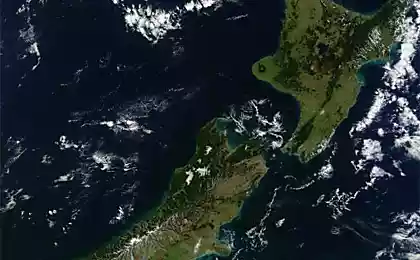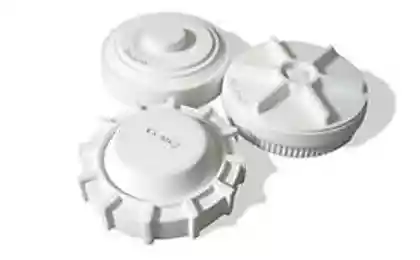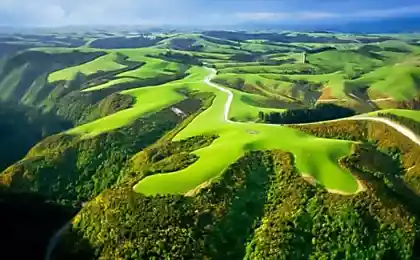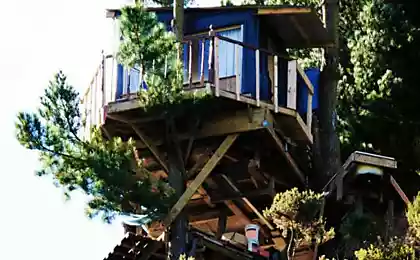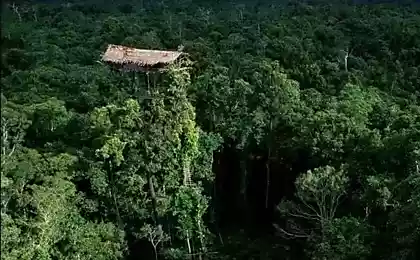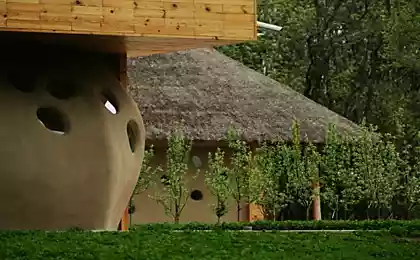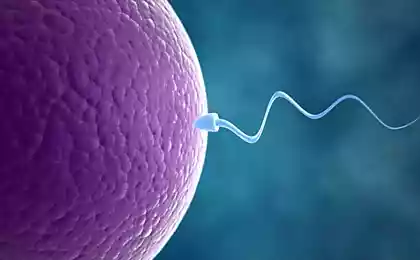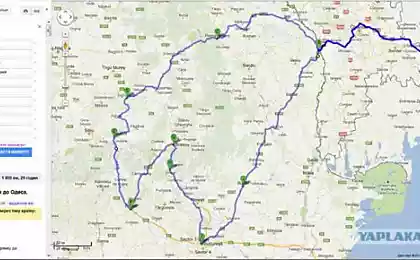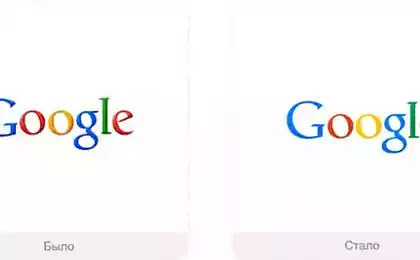205
In New Zealand, built an unusual eco-restaurant on a tree
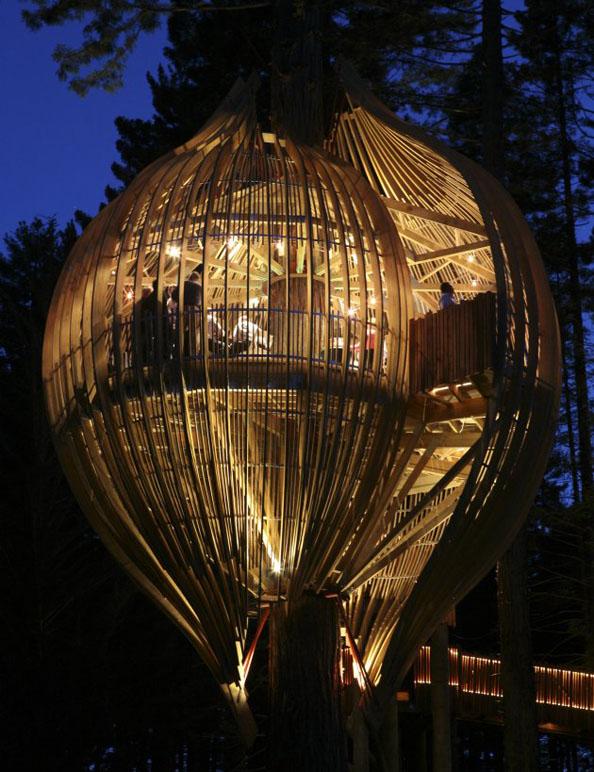
The Yellow Tree Restaurant in New Zealand was designed by Pacific Environments Architects Ltd. (PEL). One of the most unusual restaurants in the world looks like a huge doll attached to the trunk of a 40-meter mahogany.
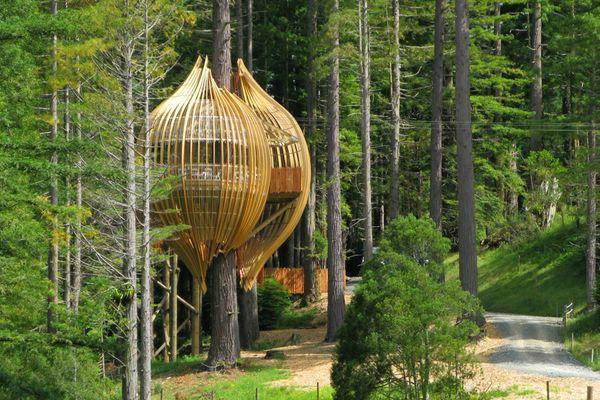
The whole project is made of environmentally friendly wood - poplar bars were used for the manufacture of the walls of the restaurant, and red wood was used for the balustrade. The restaurant uses only natural light.

When Yellow Pages commissioned a tree house, PEL jumped at the opportunity. “The concept of a tree house is reminiscent of children’s dreams and fairy tales, it is full of charm and imagination”, – say the architects from PEL. We all dreamed of such a house on a tree when we were children, but it turned out to be a fantasy only in adulthood. The project is really magical, the tree for the restaurant was chosen on a hill near the edge of the forest overlooking the stream. The cafe for 18 seats is quite small - 10 meters wide and 12 meters high, but it has its own kitchen. The bathrooms had to be placed on the ground.
Undoubtedly, everyone liked the design of the tree house, which organically fit into the forest landscape. But how green is the project really? Yes, glued slats are a great choice for ecological construction. During construction, there was much less waste than usual, and wood is much less harmful to the environment than steel or concrete. And given that the tree used to build the restaurant was local, not exported, is it necessary to say that the negative impact on the Redwood Forest forest area was minimal?
And it’s worth remembering the eternal dilemma for architects: Is the client’s political, ethical, religious, and environmental views important to designing a home? The situation with Yellow Pages turned out to be just perfect for architects, because the project of a tree house was part of a large-scale marketing program Yellow Pages, which the company conducted to promote its services.
However, 500 million catalogues are printed each year in the United States alone. To do this, 9 million trees are cut down, and 1.6 billion pounds of paper, 7.2 million barrels of oil are spent, and so on. Experts estimate that catalogs account for about 5% of the total amount of waste in landfills. Of course, this does not add to environmental friendliness. But is it really that important if Yellow Pages wanted to do something new that didn't have a negative impact on the environment?
Source: www.ecobyt.ru/
The Chinese are ready to print at home on a 3D printer
7 habits of parents whose children are able to solve their problems
